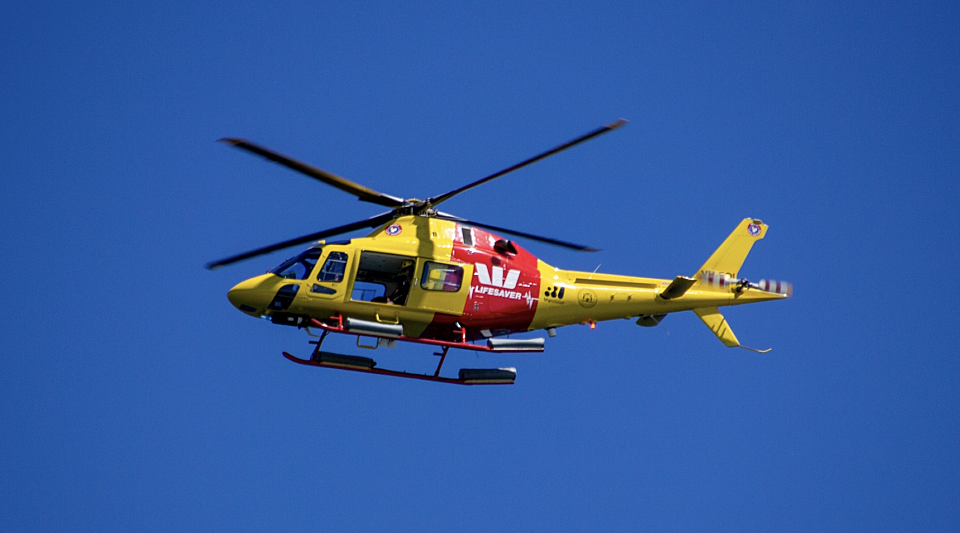
Emergency and recovery assistance for organisations affected by natural disasters
Posted on 18 Dec 2025
This page provides information about financial assistance available to not-for-profit organisations…
Posted on 20 Jan 2020
By Rod Brooks, General Manager, Wendy Brooks & Partners
Australia's devastating bushfires have led to an outpouring of generosity from across the globe. Though the emergency is far from over, not-for-profits need to think carefully about how they'll respond in the medium term as well as how they're responding now to extreme circumstances.
Some organisations face challenges running an effective relief effort and coping with the magnitude of not only the disaster but the surge of public attention.
Foodbank was recently inundated with donations of food by Melburnians wanting to get much-needed items to affected communities. However, after dealing with a kilometre-long queue of cars waiting to donate goods, the organisation had to turn vehicles away and stop any further donations, requesting that people consider giving money instead.
This scenario shows that the public wants to give but it also highlights the operational issues that arise when the types of donations being made don't match the needs of the organisation or its ability to deal with an influx of material aid.
The lesson for all not-for-profits involved in an emergency response is to reflect on any organisational gaps you’ve identified over the past few weeks so you can better position your organisation and best service your community when disasters arise in the future.
Issues that not-for-profits commonly face when there is a spike in attention or giving include:
Use our checklist below to future-proof your organisation and avoid these pitfalls in future crises.

It is important to properly resource your donor stewardship program to enable you to retain as many donors as possible in the years after a crisis. Donor attrition after tragedies has been a real problem for many not-for-profits, so we recommend that you start enacting your donor stewardship plans now.
The first step should always be to thank new donors and educate them about the important work you do in the community. People who have given large gifts should be treated differently from those who've given small gifts, especially when it comes to how quickly you thank them, and how (e.g. automated receipt versus personal email or phone call from the CEO or chair).
The second step should be to engage with donors to build the relationship and help them better understand the importance of ongoing giving as a means of making a greater impact. When it comes to micro-donations, you should focus on providing the giver with narratives and insights into how their funds can make a long-term difference in the lives of those they wish to support. This can be a powerful way to convert a once-off giver into a loyal, committed micro-philanthropist.
When it comes to major gifts, the relationship-building phase is even more important. Personal thank you notes, invitations to meet, and public acknowledgment of donations (with permission) should all be considered as ways to build relationships with key donors. The aim should be to give thanks but also to build ongoing partnerships.
When responding to an emergency, your organisation might choose to refocus its usual services and messages to better meet the needs of affected communities.
For example, St Kilda Mums – an organisation that collects, sorts and redistributes essential nursery equipment, clothing, books and toys for babies and school age children – is using social media and its website to let people know how they can help families affected by the bushfires. It receives cash donations and distributes them to other organisations on the front line, and it distributes essential items via its normal service. It has been careful to put the needs of affected families ahead of its organisational needs, so it has not been seen as trying to take advantage of the situation but rather as an important contributor.
However, organisations can only refocus their efforts or messaging if their cause is already well aligned with the crisis.
For some organisations, this alignment is obvious – in relation to the bushfire crisis, think climate change, animal protection, welfare and material aid. Other organisations may be more peripheral, but they could still make a real difference to people, wildlife and habitat affected by the fires. These organisations need to make their supporters aware of how their donations will be used to address the effects of the fires. Case studies and individual stories can help illustrate the impact that can be achieved.
Organisations with no alignment with the crisis should avoid trying to draw a connection, as they are likely to be perceived as insincere. There should always be a connection between your activities, your messages, your mission and your theory of change.
However, an unaligned organisation may be able to show its support (and thus raise its profile and increase its impact) by publicly aligning with and supporting key not-for-profits within the same community. Collaboration between not-for-profits is often beneficial, and in a time of crisis it shows commitment and loyalty to the communities served, even if your organisation will not directly benefit.
Will donors who give to bushfire relief donate again later in the year to the same organisation or others?
There is no simple answer to this, but it’s an issue worth considering.
To overcome possible donor fatigue, you need to think about your appeal message and timing.
If you ask people who have donated to the bushfire emergency to give (again) to your organisation too soon after the crisis, you may be seen as insensitive or uncaring. If you leave it too long or don't craft an appropriate message, you could also miss out.
You'll need to choose your words carefully and be incredibly sensitive to the unfolding situation, which will change substantially over time as the crisis response turns to repair, restoration and rebuilding of lives, property and habitat.
We recommend that when reaching out to first-time donors following the bushfire crisis, you focus your message on how their donations assisted in the relief effort. In subsequent communications, it would be wise to focus on long-term impact and how ongoing donations would assist with longer-term projects.
If your organisation doesn't provide relief to people or wildlife affected by bushfires, you will need to be very clear about the impact your not-for-profit will have in 2020, or else you run the risk that potential donors will use the fact that they have given to the bushfire crisis as a reason not to give to your cause.
You'll also need to steward your key donors carefully and work hard to maintain or increase their engagement with your organisation and the impact you are having. Focusing on significant projects – backed by a budget, business plan and case for support – will greatly help with attracting sizeable donations.
No doubt your heart goes out to the people, wildlife and habitat affected by the bushfires, and you want to help as much as you can. But your organisation has its own cause and mission to focus on, and you don’t want to be insensitive when asking for donations during a time of national distress. Here are some tips to help you to deal with the situation.
Therefore, we recommend that you:
Times of crisis are challenging for all not-for-profits, but with empathy, collaborative thinking and careful consideration, you can ensure that your organisation and the community you serve will come out ahead.
Rod Brooks is general manager at Wendy Brooks & Partners, and its strategy and operations mastermind. The team at Wendy Brooks & Partners is dedicated to building the capacity of a for-purpose sector that creates positive and lasting impact.

Posted on 18 Dec 2025
This page provides information about financial assistance available to not-for-profit organisations…

Posted on 10 Dec 2025
The Australia Institute has called on the federal government to force Australian businesses to be…

Posted on 11 Nov 2025
Thousands of not-for-profit organisations are being held back by an outdated, rigid and complicated…